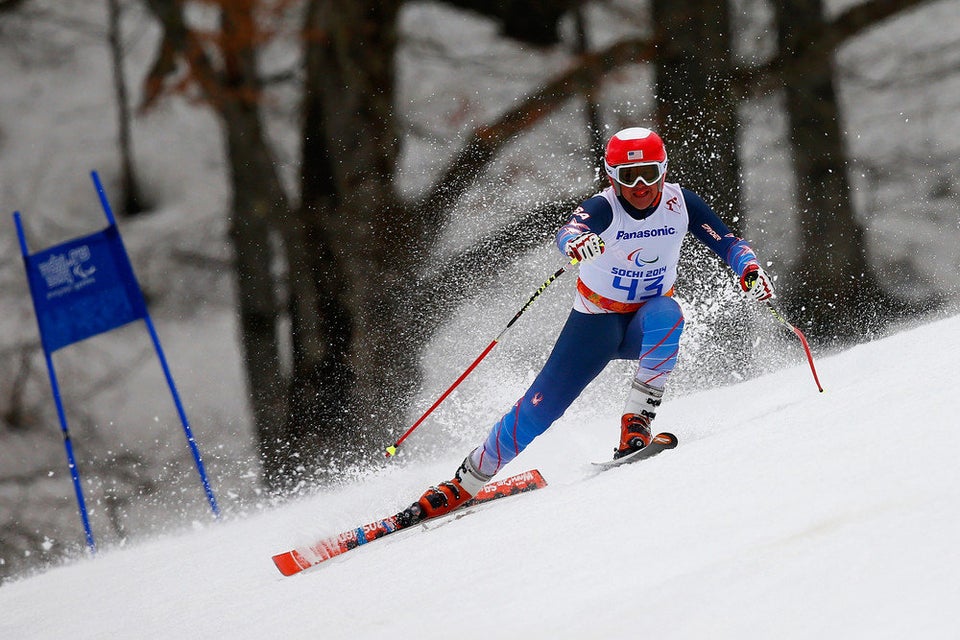The Sochi Paralympics are well underway, but for those who were injured in battle overseas, the Games aren’t just about athletic grit. For these veterans, it’s an extension of their service.
This year, the U.S. Paralympic team boasts 18 military members -- 16 veterans and two active-duty servicemen.
Rico Roman -- whose left leg was amputated after he was injured by an explosive device in Iraq in 2007 -- is one such athlete who sees competing as a way for him to make his country proud.
He’s competing on the U.S. sled hockey team, a sport in which players move around the ice on a one-bladed sled and handle the puck with two poles.
"I know some of the sacrifices that [the other veterans have made], so to be able to play a game is just great," Roman told Sports Illustrated Kids. "We're here representing our country in another way."
He’s not the only one. Check out the athletes below who went from getting severely injured on the battlefield to competing on one of the greatest athletic stages.







